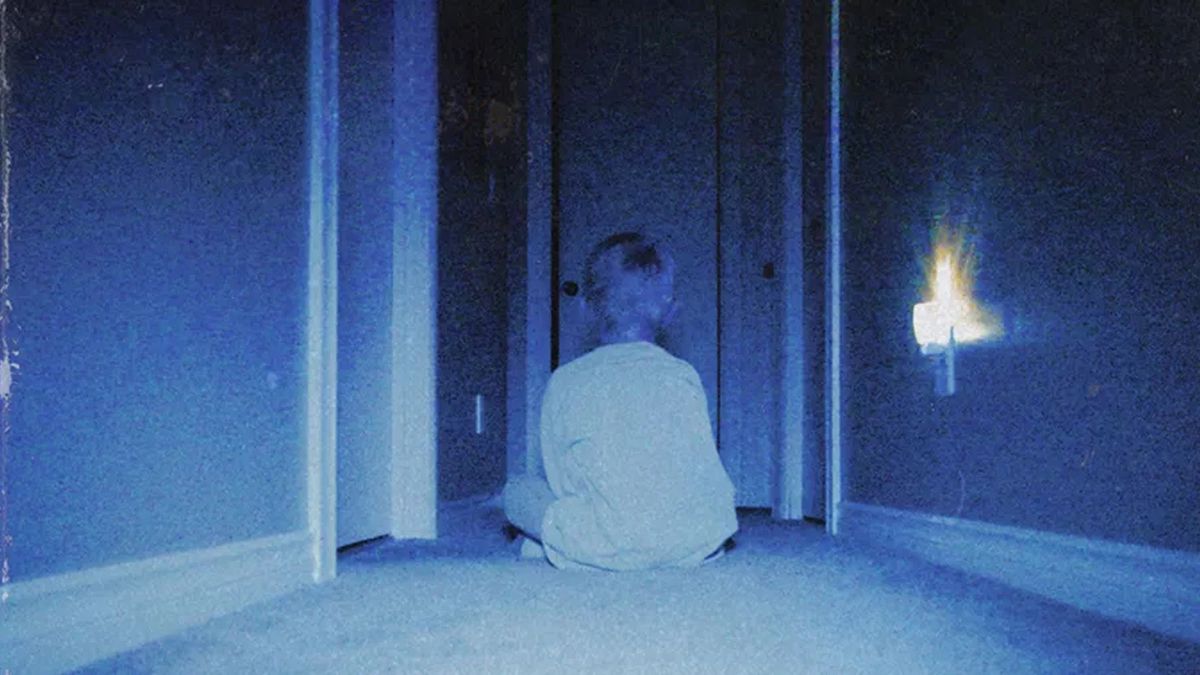By Michael Hong
Staff Writer
While the term “first-world problems” has come to denote issues like complaining about a cell phone running out of battery or eating the last Oreo Thin, it has ignored a more prevalent and substantive first-world problem: homelessness. Although the issue can slow societal development, good wishes and dropping spare change in hats is nothing more than a band-aid solution that happily ignores the crux of the issue. To properly address homelessness, it is up to the local, state, and ultimately, the national government, to address the needs of the people.
The Department of Housing and Urban Development (HUD) estimates that the homeless population is over 550,000, centralized in Western cities like Seattle, San Diego, and Sacramento. HUD Secretary Ben Carson attributes this to rising property costs, but considering society’s negligible impact on housing, it doesn’t make sense to place the burden on the people.
The National Public Radio furthers that most of the recent progress in curbing homelessness has come from the combined efforts of the private sector and the governments. A report from the United States Interagency Council on Homelessness elucidates that supportive housing alone – not including costs of social services and rehabilitation – would cost taxpayers $20,000 per homeless person. Allocating such a sum of money solely through the community without placing the burden on the government would be nothing more than a far-fetched dream.
This is all in addition to the cost of mental health reform, another isolated factor in exacerbating the plight of the homeless. The Mental Health Foundation finds that psychological issues like depression and substance abuse are ten times more common in homeless populations. Although it may seem morally correct for society to help, the economic burden is too massive not to require government assistance, as the Mental Illness Policy Organization, a non-profit corporation, finds that psychiatric care alone costs $3,000 per person.
To best address the issue, governments should use a two-pronged method.
First, Nan Roman, CEO of the National Alliance to End Homelessness, points out that the Trump administration is planning to cut low-income housing subsidies as well as tax credits to housing developers. This not only reduces the capability of the poor to afford housing, but disincentivizes investment into the housing market. Rather, the government must not only maintain, but increase funding for cheap community homes.
Second, the government needs to address the issue of mental health. Russell K. Schutt explains in his book, “Homelessness, Housing, and Mental Illness”, that living socially isolated and shamed on the streets exacerbates mental illnesses among humans, who are naturally social beings. In addition to providing direct subsidies for community housing, governments must cooperate with local organizations for individual rehabilitation.
The homelessness crisis is by no means impossible to solve, but it is up to governments to cooperate and address its root causes. Isolating societal actors alone and expecting them to solve the issue will do nothing to accelerate the ending of homelessness.

